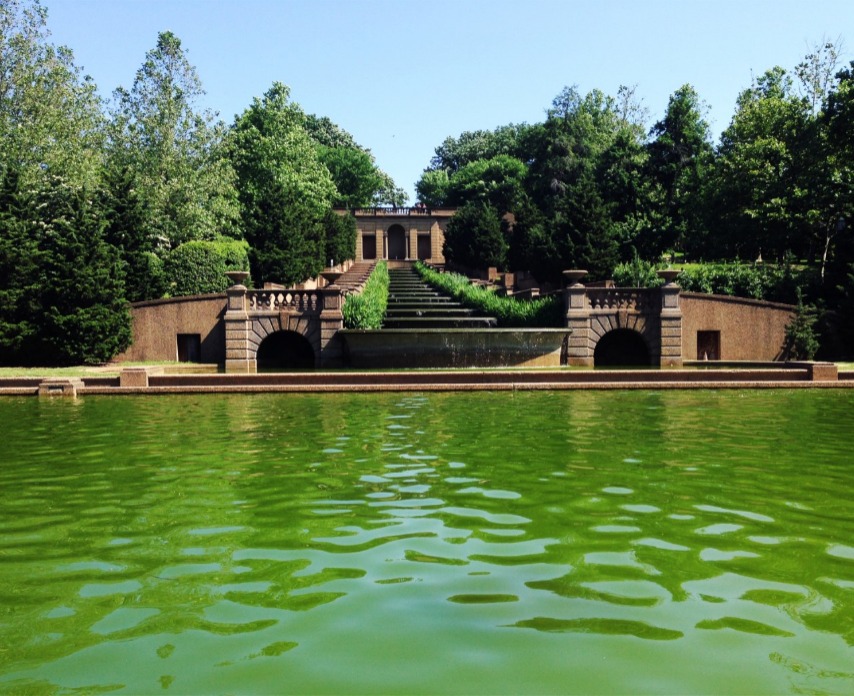
Here are 10 points of significance in African American history on the hill:
- Astride the Washington Meridian, the hilltop marks a defining feature of the federal city laid out by African American surveyor, writer, and naturalist Benjamin Banneker. The hill would later be championed by Thomas Jefferson as the demarcation point for the Prime Meridian of the world.
- The hill was the site of a camp for Colonel Robert Gould Shaw before he went to his death as the commander of the 54th Massachusetts Union Army Regiment, the northeast’s first all-black regiment whose courage led to the naming of the adjacent neighborhood of Shaw.
- The hilltop was the home of a trail-blazing Black higher education institution called Wayland Seminary and College: https://www.washingtonpost.
com/archive/opinions/1999/03/ 25/the-school-on-meridian- hill/2c6fcc2a-bf05-4c56-b5b6- 13b0683ee6ae - Many African American homes were displaced for the creation of the park, and many African Americans helped build it.
- The park was America’s first national park built for the performing arts, with sunset performances ranging from Pearl Bailey to Bo Diddley Jr.
- Rev. Martin Luther King Jr. frequented the park whenever in DC, staying at the next-door Pitts Motor Hotel.
- The park is home to one of America’s largest and longest continuing drum circles, every Sunday the sun is shining at 3pm.
- While its official US designation as the center of the world ended in 1884, the hilltop has long been the center of DC’s densest and most diverse neighborhoods.
- The Malcolm X nickname came from Angela Davis, who, in a 1969 rally, called for the park to become a symbol of Black pride. Congressman Adam Clayton Powell of Harlem introduced legislation to formally change the name of the park, but it never passed Congress. The hilltop became a hub of Black activism for more than 50 years, including the Black Panthers and the old annual African Liberation Day and Malcolm X Day.
- Friends of Meridian Hill, the community’s internationally celebrated coalition to reclaim and revitalize the park beginning in 1990 was led by three African Americans: Rev. Morris Samuel, Howard Coleman, and Josephine Butler. Today, that coalition has expanded city-wide to become Washington Parks & People, based in the grand Josephine Butler Parks Center across the street from the park.
